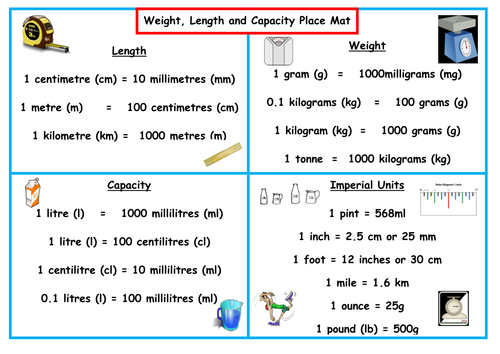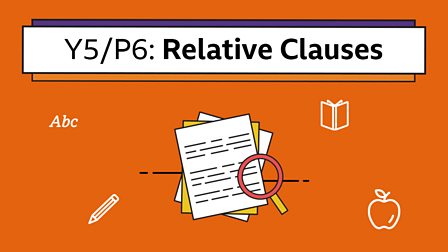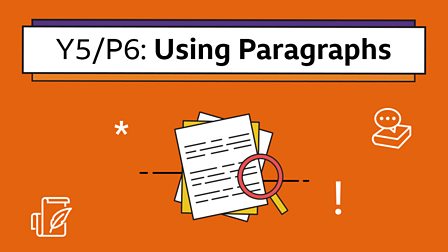Spring 1
Maths
Roman Numerals
This week the children will be learning all about Roam Numerals. The Roman numerals were invented by the Romans many many years ago.
When a symbol appears after a larger (or equal) symbol it is added
- Example: VI = V + I = 5 + 1 = 6
- Example: LXX = L + X + X = 50 + 10 + 10 = 70
But if the symbol appears before a larger symbol it is subtracted
- Example: IV = V − I = 5 − 1 = 4
- Example: IX = X − I = 10 − 1 = 9
Place Value
![What is Place Value? - [Definition, Facts & Example]](https://cdn-skill.splashmath.com/panel-uploads/GlossaryTerm/752b518abc8344cca04f188f08877a0a/1547028704_Place-Value-Chart-of-Decimal-Numbers-Decrease-left-to-right.png)
The hundred square represents 1 whole.
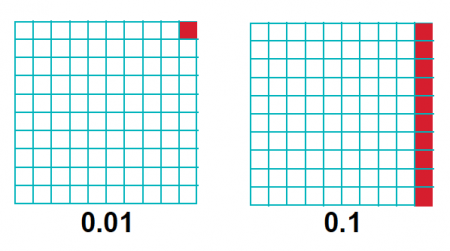
Negative numbers.
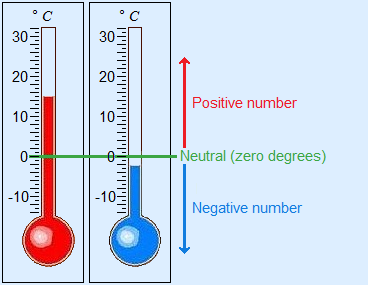

Rounding.
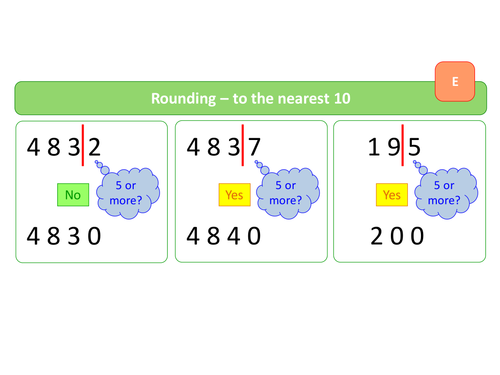

Multiples and Factors.
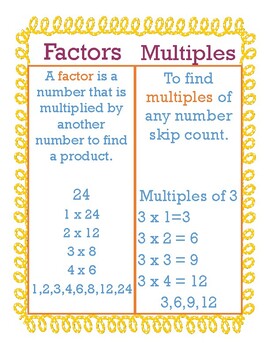
Converting

English
The children will be looking at Particapating in discussion.
They are reading the book called Aquila.
Children will be discussing what do they know, how do they know and why has the author used certain words such as 'Wail' and 'Encouraging'.

Handwriting
The children are given daily lessons to improve their handwring.
Grammar
Click on the picture below to view grammar skill the children are learning.
 Reedley Primary School
Reedley Primary School